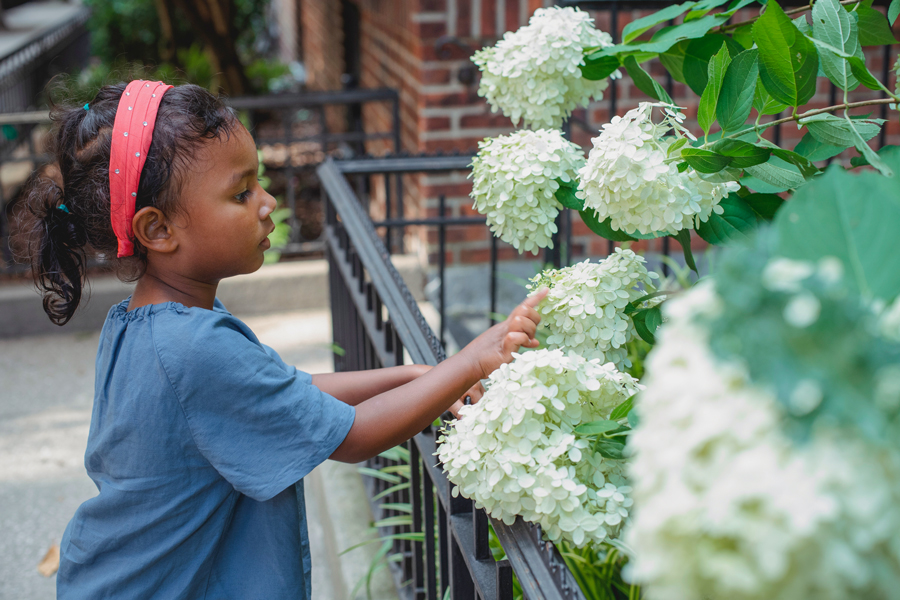Pretty but Painful: Flowers to Avoid
They’re beautiful, fragrant, and a symbol of love and devotion. Unfortunately, for many people, flowers are a trigger for allergic reactions. Is there a solution? Yes! You can still enjoy flowers, and give flowers to your allergic loved ones, as long as you know which flowers to avoid.
The flowers to avoid if you have allergies are the ones that are big pollen producers. These flowers include daisies, chamomile, chrysanthemums, goldenrod, and sunflowers. Even when working with flowers that aren’t bad for people with allergies, make sure to do a test run if you’re using them for something really important, like a wedding.
Some of the best choices for allergy sufferers are also some of the most beautiful flowers and plants.
- Hydrangeas come in a variety of colors and have big, beautiful blooms. They’re elegant, pollen-free, and available all year round!
- Lilies are also a stunning option that’s pollen-free. They come in colors from pastel to bright, so it’s easy to find some that you love. Be careful, though, if you’re sensitive to fragrance. Oriental and Stargazer lilies are intensely fragrant and give some people a headache.
- Geraniums are perfect in pots and gardens. They are very hardy and come in a range of colors that includes blue, pink and magenta, and have lush green foliage.
- Tulips are beautiful potted or in a colorful bouquet. These allergy-free flowers are available year-round and come in a wide range not only of colors but also of varieties.
- Carnations are simple but lovely. Their ruffled, ball-shaped blooms are a great complement to showier flowers, and they won’t trigger your allergies.
- Daffodils are not pollen-free, but they’re considered hypoallergenic. Available in the spring, these cheerful, bright, yellow flowers produce less pollen than most and are typically pollinated by insects instead of the wind. If you’ve got allergies, it’s fine to accept an arrangement with daffodils, but you probably shouldn’t handle them.
- Hyacinths are also seasonal beauties. Available from May to December, they have a vase life of eight days and pair beautifully with other spring flowers. They have low levels of pollen, but the fragrance can cause irritation if you’re sensitive to it.
- Orchids aren’t pollen-free, but their pollen is sticky and unlikely to become airborne. They look amazing in tropical arrangements, and they’re available year-round.
- Peonies have big, gorgeous blossoms in colors like blush, cream, white, pink, and red. They’re seasonal, blooming from April into June, and don’t trigger allergies.
- Roses are the old standby, a very popular option, and they’re available in every season. It might surprise you to learn that they’re hypoallergenic as well and have a vase life of 5-8 days.
- Snapdragons add height and texture to arrangements. They make a beautiful focal point, come in a wide variety of colors, and are a low-allergen flower.
- Irises are another low-allergen springtime flower. They come in blues, white, and yellow, and have a vase life of six days.
Knowing what does and does not trigger your allergies can help you live a healthy, symptom-free life. When you enlist the help of an experienced, board-certified allergist, you can be confident that your doctor will help you find the solutions you need to manage your allergies.
At Allergy & Asthma Specialists, all physicians are board-certified in allergy and immunology, and can help you identify triggers and learn to control your symptoms. Call (866) 966-0583 or visit the website for an appointment, or to learn more about available services.



